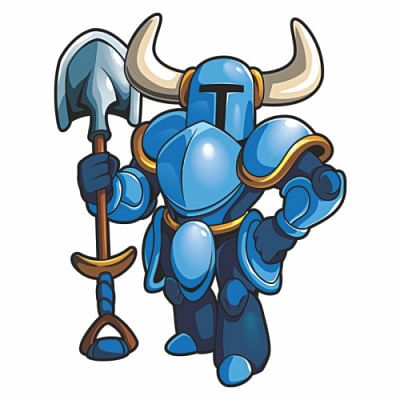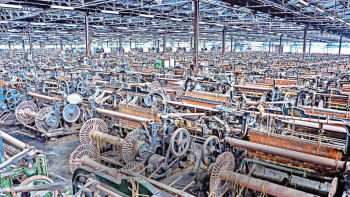Pixel Eternal

My first memories of video games were in an arcade near our house. It had a stained floor, a noisy atmosphere and one too many people. It also had little worlds inside. Ones that were easy to get lost into. The games we grew up loving, were far, far behind the technologically advanced and breathtakingly beautiful games that are being released today. And yet, if we pick up Contra or Super Mario Bros. right now we would find ourselves immersed in a minute by dint of engaging gameplay and the mellow lights of nostalgia.
And it's perhaps this same train of thought that can explain the resurgence of pixelated graphics in gaming seen in recent times. This intentional 'step back' wasn't just an ode to the past but done so for a more practical reason. The revolution of the indie gaming scene was facilitated due to the possibility of production cost being scaled down. To do so significant cut in the graphics department had to be made. 3D graphics has a bad habit of being dated in an alarming speed. What was considered an acceptable 3D model would be looked at as an eyesore just a year later. Pixelated graphics however, does not suffer from this problem as the art style has its own pull even if it's backdated. Because the idea of being dated does not apply to it, it's an art style of its own. Not just any art style, but one that brings with it an air of nostalgia.
Nostalgia might have been the biggest pull that led pixelated graphics to be widely accepted. A fine example will be Shovel Knight. This crowdfunded indie gem had such a comfortable SNES feel to it that the players couldn't help but feel like that young kid in front of the arcade machine. A memorable tribute to platformers of the old, Shovel Knight was critically acclaimed for its gameplay, fluid control and level-design. Shovel Knight didn't just depend on the nostalgia to build its reputation. They shone through on their own brilliance which was accentuated by the art style.
Stardew Valley is also a game that deserves particular mention. The game was singlehandedly made by the sole developer who goes by the moniker ConcernedApe. The pixelated graphics to it had such a loving charm which went beyond the original IP it was inspired from, the Harvest Moon series. While Harvest Moon adapted to the modern times and went for a 3D graphical style, Stardew Valley harked back to the Gameboy era graphical style and found more success.
Video games have always had multiple aspects to it. It's an amalgamation of story, gameplay, characters, graphics, soundtracks and so much more. Pixelated graphics often allow experimentation in other sectors that would not have been possible otherwise. Inventive games of recent times such as 'Undertale', 'Papers, Please', 'Terraria', 'The Binding of Isaac' and so on all resorted to it to great results. Employment of this beloved graphical style has not lessened by any margin. An interesting spin on the classic RTS formula was done by the recently released title Tooth and Tail. A widely cheered E3 presentation showed glimpses from the stunningly artistic upcoming cyberpunk title 'The Last Night'. One thing is for sure, pixelated graphics is here to stay as its appeal transcends technical advancement and brings with it a charm and comfort that can't be replicated.
Nuren Iftekhar is your local stray cat in disguise; he interacts with people for food and hates bright light. He got Hufflepuff 3 times straight in Pottermore so no walking around that one. Send him obscure memes at [email protected]

 For all latest news, follow The Daily Star's Google News channel.
For all latest news, follow The Daily Star's Google News channel. 



Comments